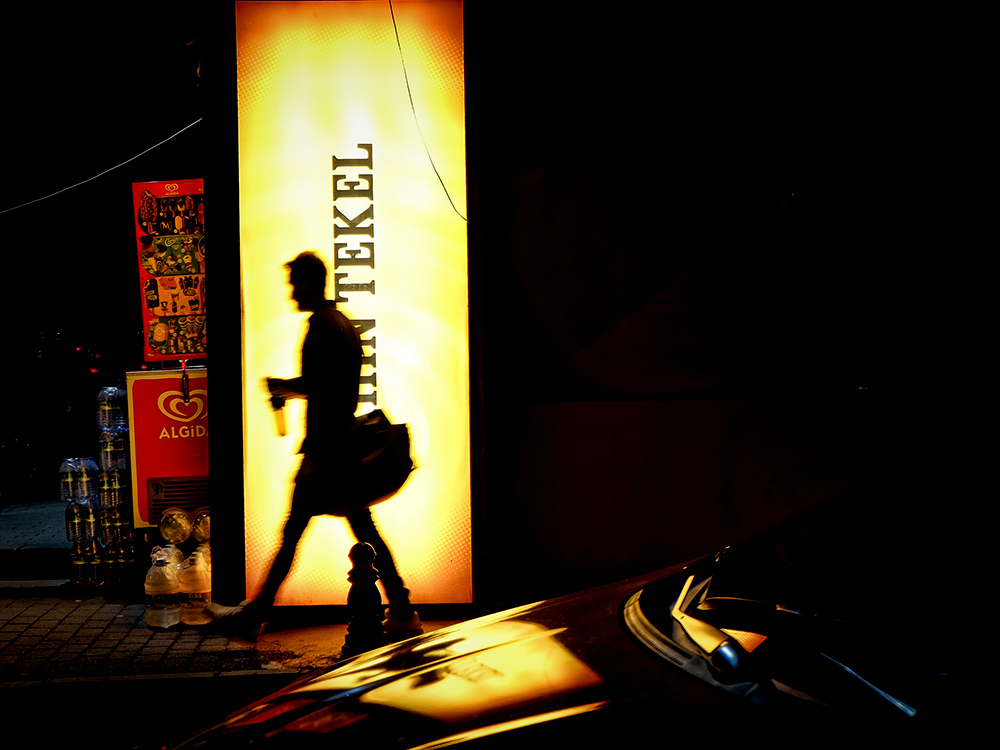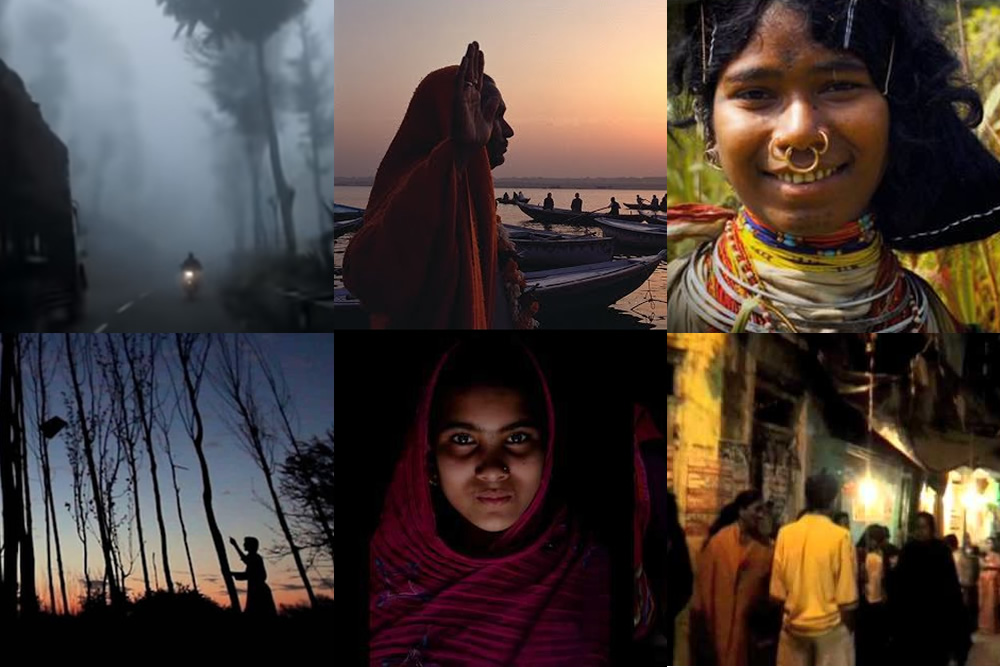Night Photography is interesting as well as challenging in all aspects. It requires one to look outside with a varied perspective.
Night Photography should not be taken into account as just an extension of daytime, there are always surprises here, you may not be able to handle your camera with the natural light, so much to learn, excellent scenes with a totally different light which you didn’t even think of during the daytime. Definitely there are numerous technical challenges a Photographer has to encounter during these, but I can promise you endless opportunities.
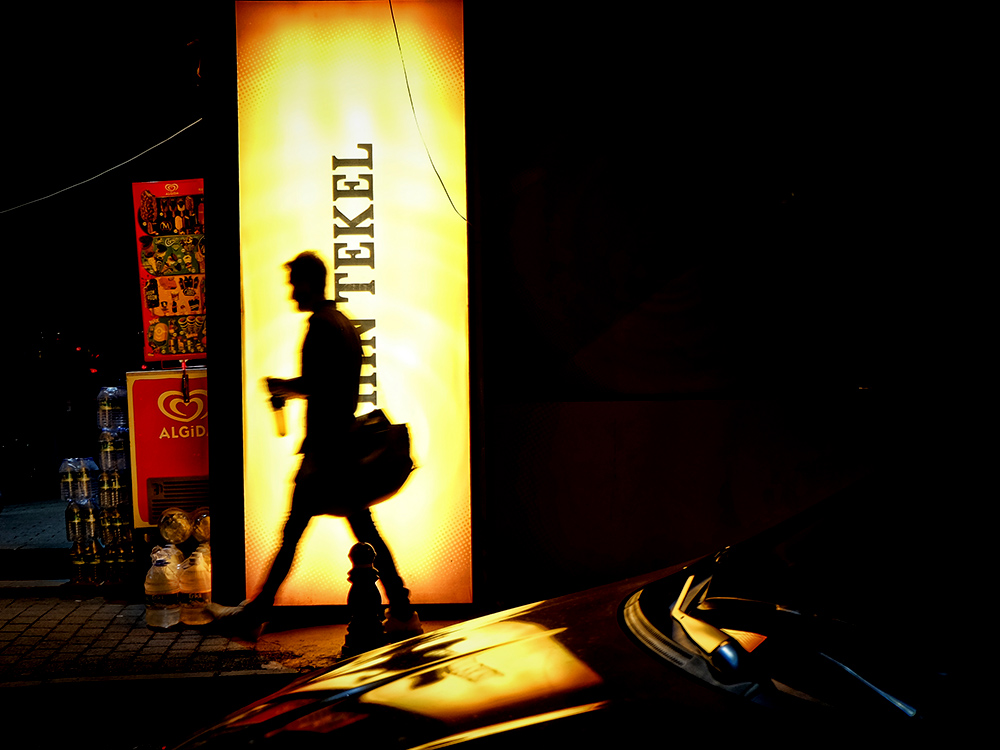
#1 Variety
There is always a huge variety of things happening in the night, be it the solar lights, or cool blue light, once has to observe the difference in temperatures these can cause, there is a lot to solve in the photographers’ point of view. Earlier in the film days, even the masters found it challenging to counteract these lighting conditions in color since it was never easy to expose the meter correctly. In today’s digital world, we will find it really challenging for the amount of noise created or the heavy ISO’s.

#2 Preparation
Carry only a few things, do not stuff yourself heavy, using a tripod is great but make sure it doesn’t slow the photographer in you. Keep your flashlights and lenses handy, do not delay, or waste time in thinking about what lens to use or how to compose a shot. All these have to come intrusively. Another wonderful thing about the human eye is it starts to adapt to these tough low light conditions very soon and you will be able to see much after a point of time.
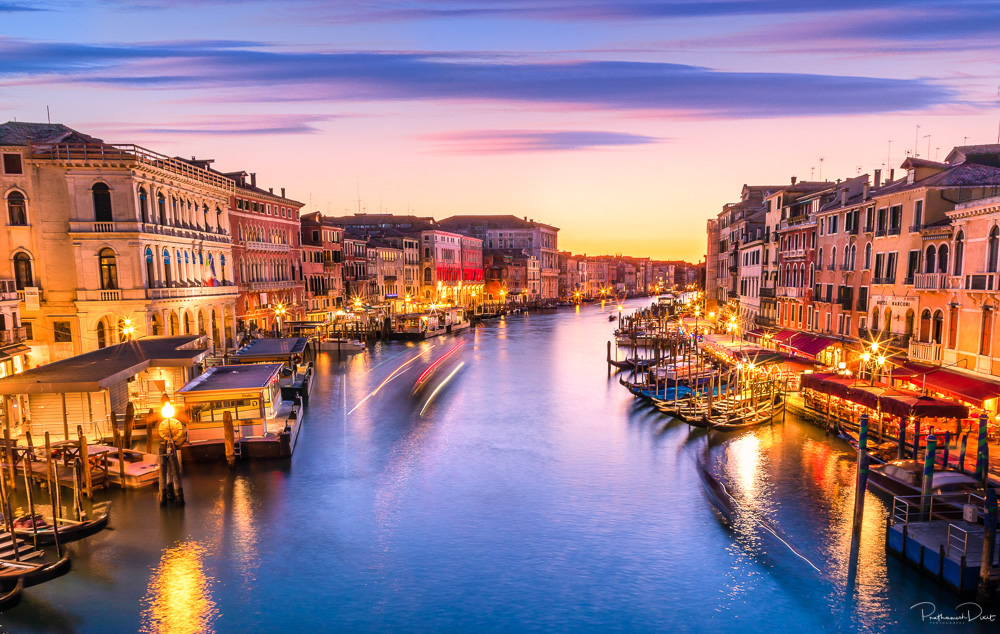
#3 Subject and Composition
Be it Day or Night, choosing what to shoot (subject) more or less explains your kind of Photography. And composing it inside a frame in a better way takes your photograph to the next level. It might be difficult to adapt to the harsh lighting conditions of night. But one should believe anything which was shot at day can also be shot at night. There are so many lighting techniques which you have to adapt to make it even more interesting.
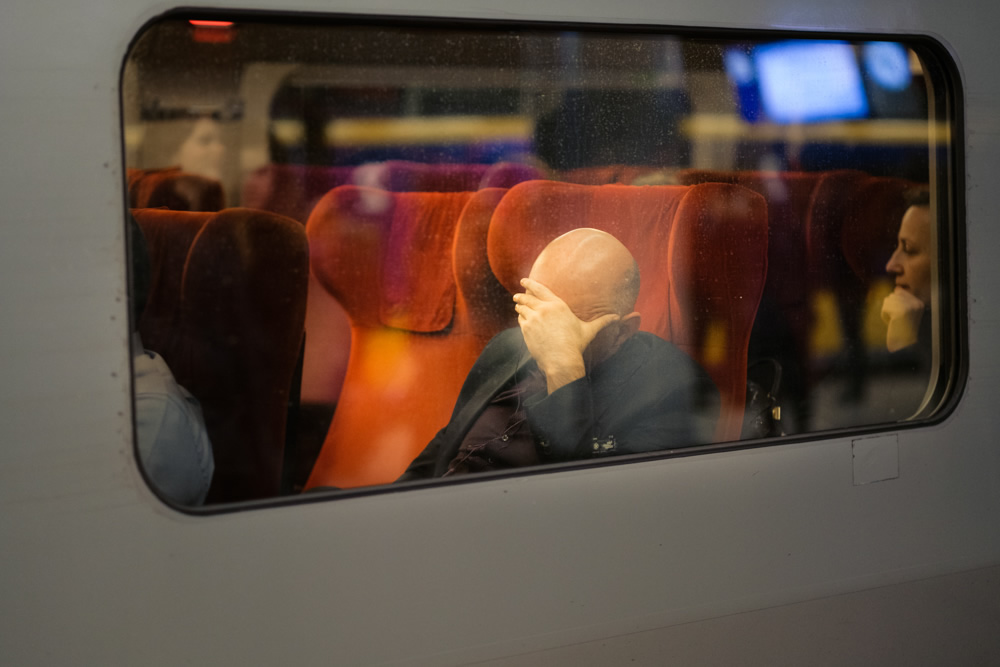
#4 Focus & Aperture
The hardest part is to get the right focus and the right composition when you are already targeting the right subject inside the right frame. There is this luxury of autofocus with more than a dozen spots to catch the right spot, but it may not help in these lighting conditions. One has to learn the trick of manual focusing as well. Try to check the shot in the viewfinder before you go for the final one. In experimentations can’t be helped since when it is harder to see with the naked eye, it must be even harder to focus with the viewfinder. Try higher ISO, more handheld exposure tests, place the focus perfectly and then go ahead.
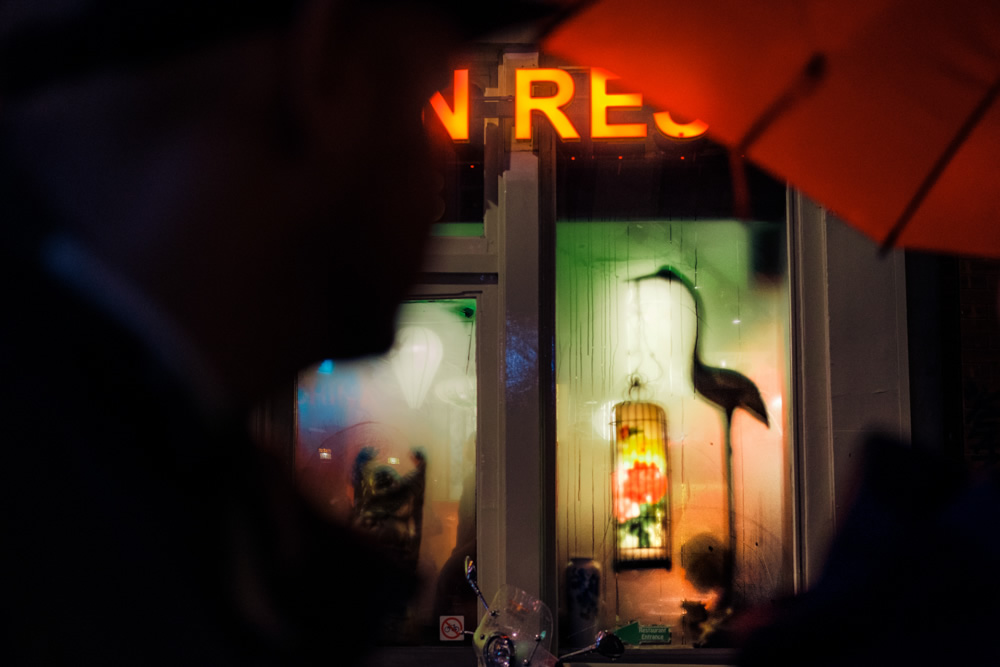
#5 Aperture
Not every time one can go out with the prime maintain a constant aperture, meaning the largest possible. As you all know the largest aperture allows more light, more shutter speed, and hence less blur and more possibility to get the right shot. When planning for time lapse’s or long exposures plan your aperture settings accordingly. Going down a bit on exposure can also be helpful.
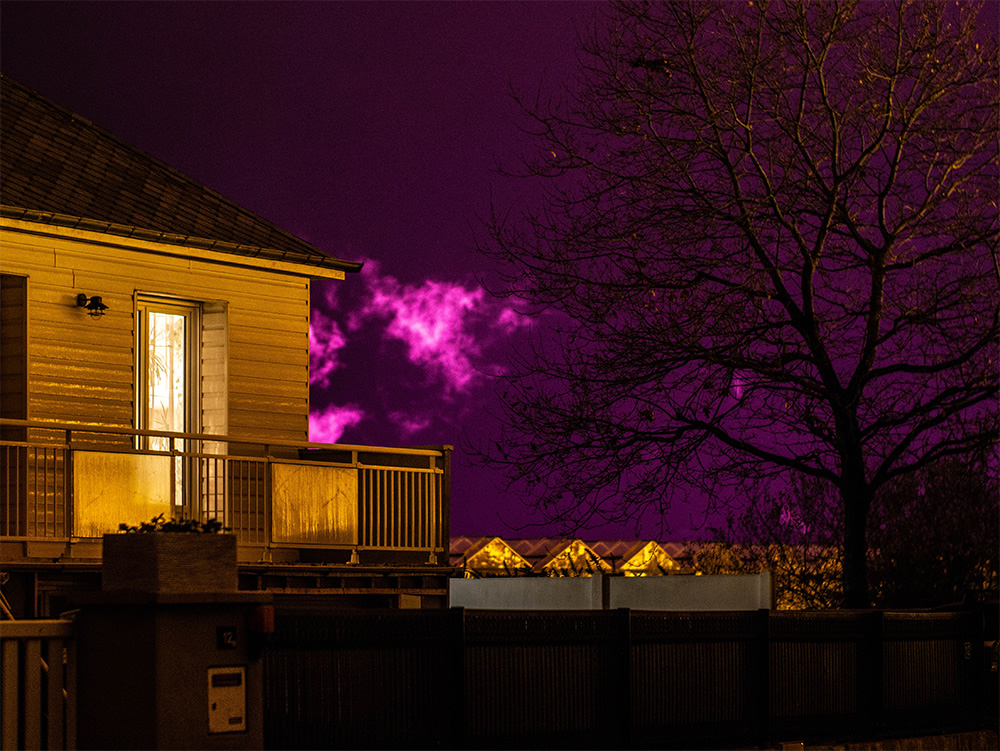
#6 Dynamic range
A large variety of light sources all over, unlike the single natural light during day time. This makes it resemble a theatrical scene with different light sources and different lights. For one wondering what is a dynamic range, it is the difference between the brightest white and the darkest black inside your scene. Shooting in just the moonlight may not be heavily dynamic, it is weak compared to the sunlight, and hence for long exposures it gives a subtle shadow making it a narrowly dynamic.
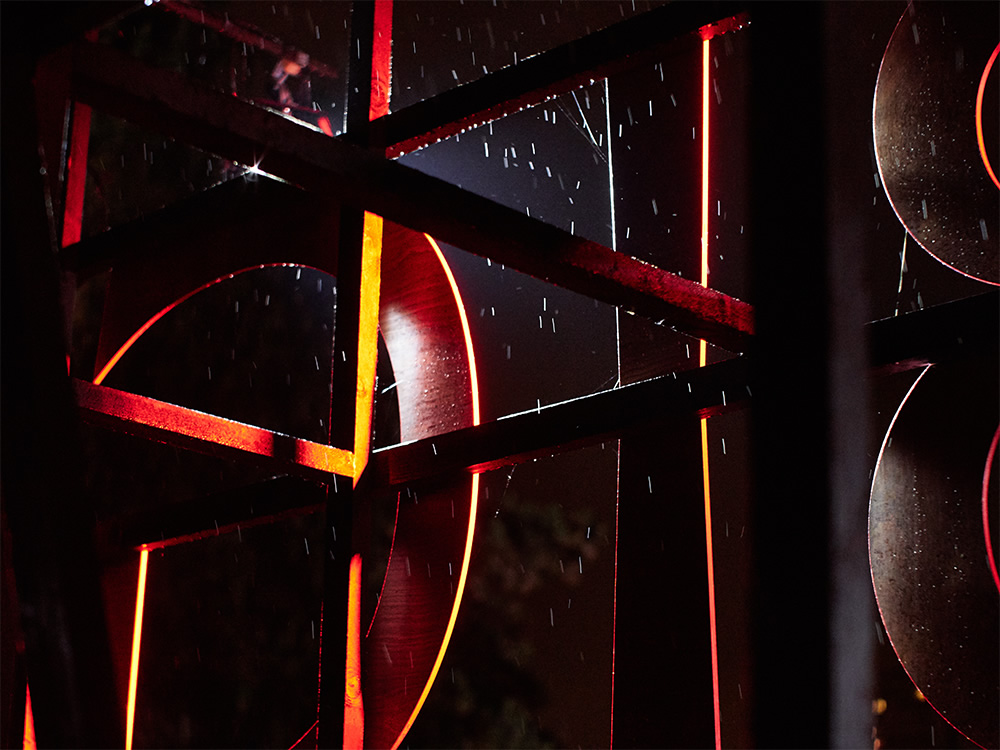
#7 Conclusion
Initially it should be hard for one to adapt to these extremely challenging lighting conditions, hard to determine your subject and the framing might be difficult as well. People are not relaxed since there is this rush to go home early or busy in their business. Lights hit you from all directions, varied color balance with highs and lows in color temperature. And yet you will start to find a challenge here, and slowly these conditions will start to favor the best photographer.
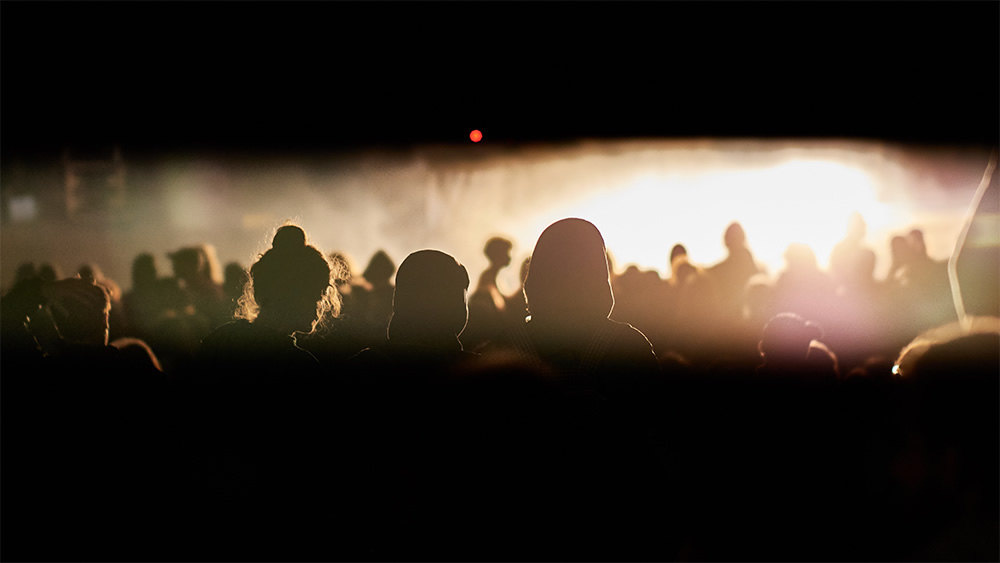
Go out tonight and start exploring the unexplored. We wish you all the best.
#8 Other Ineresting Articles
- Inspire With Natural Lighting In Photography
- 15 Beautiful Tips And Examples Of Bokeh Photography
- Macro Photography – An Ultimate Introduction
- The Importance Of Lines In Photography – An Overview With Superb Examples
- How To Give Titles For Your Photographs – Tips And Examples
- An Overview About Simplicity And Minimalism In Photography
- Art Of Composition In Photography- Tips And Examples

